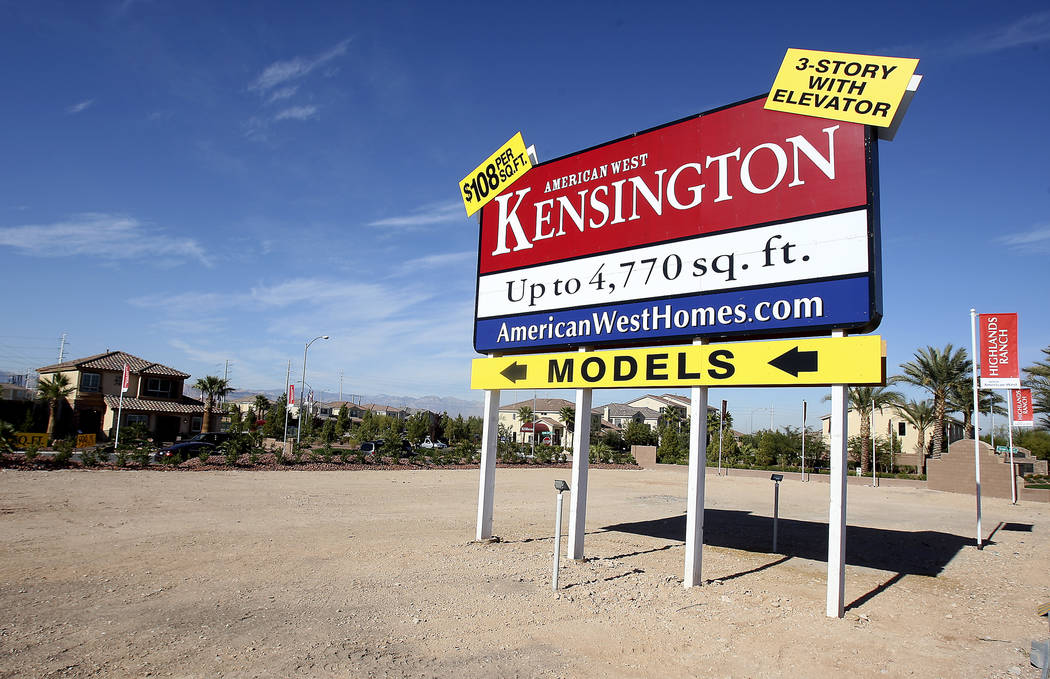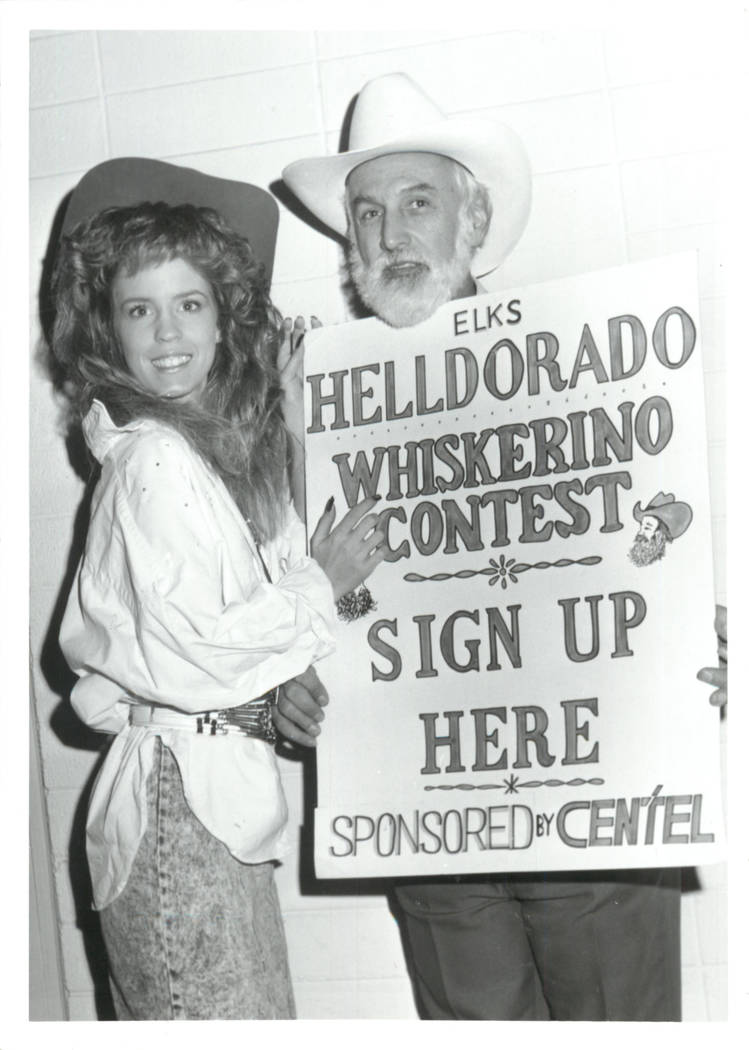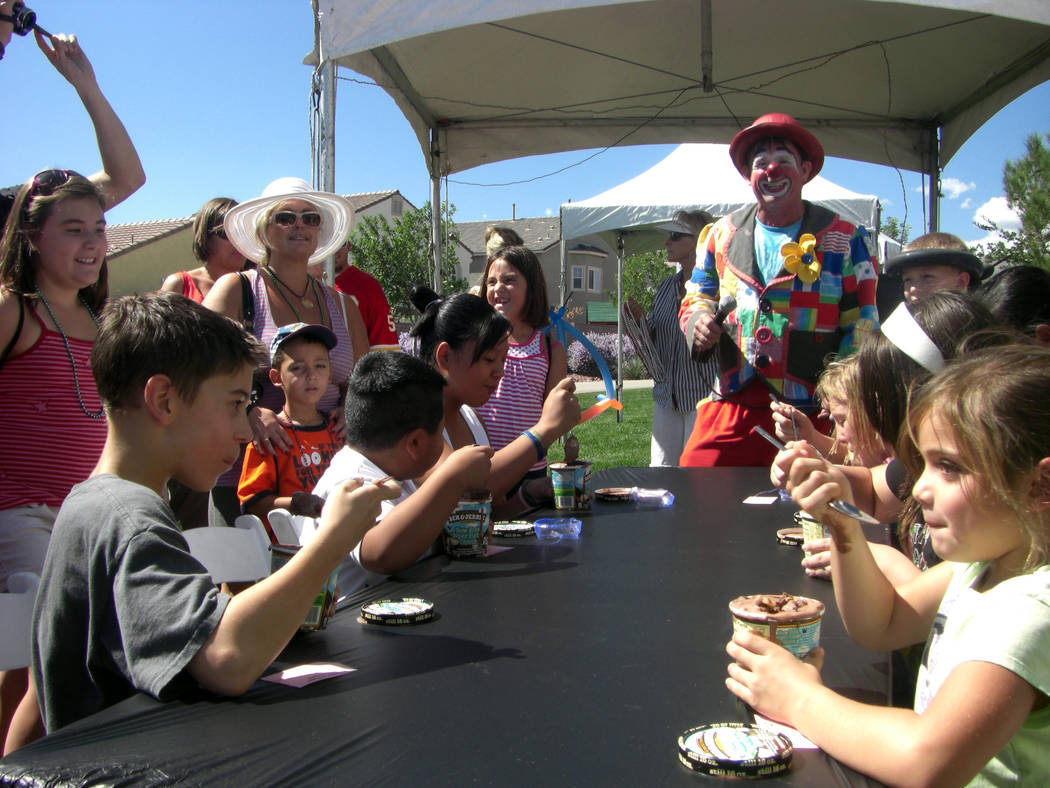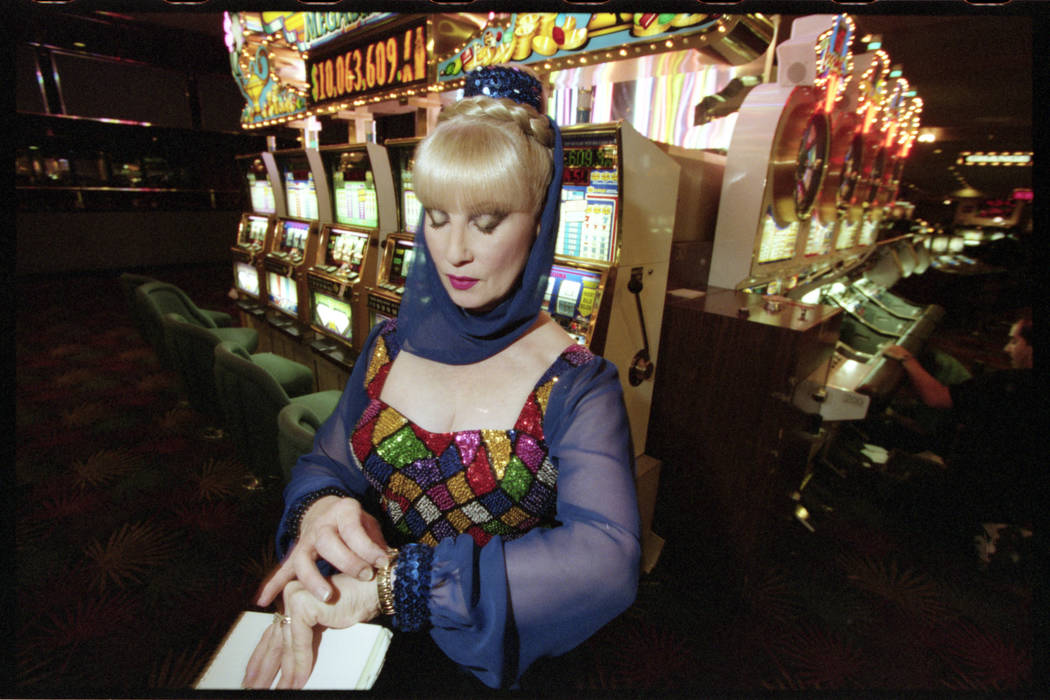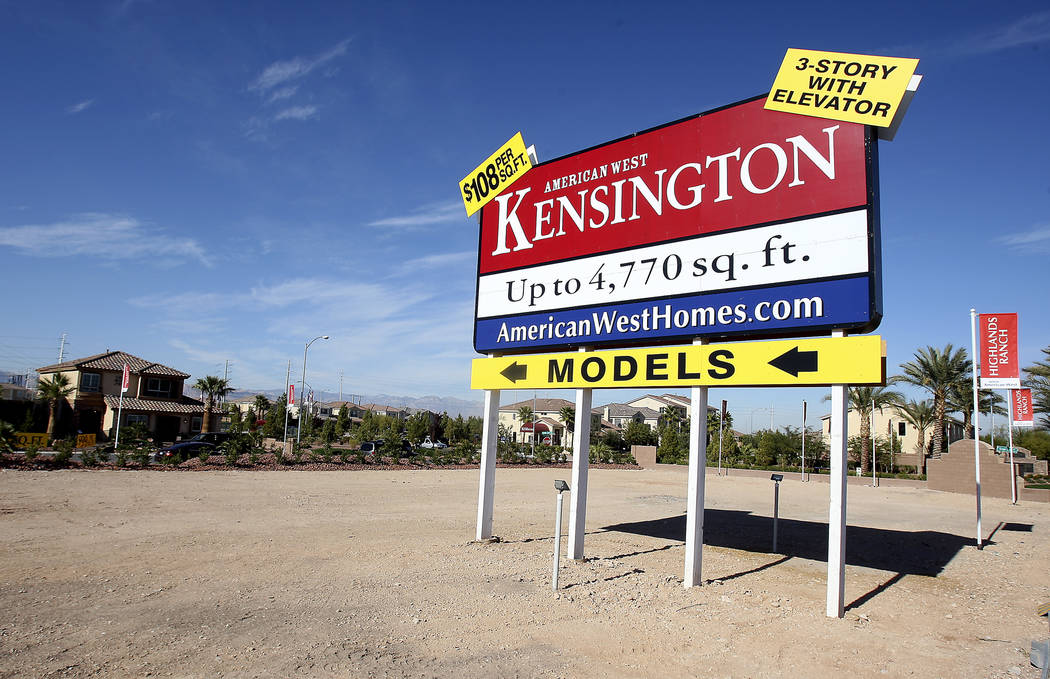UNLV project looks for gold in family photos
Sometimes the best chroniclers of history are just regular people armed with a Brownie — or a Polaroid, an Instamatic, a 35mm point-and-shoot or, these days, a digital camera or cellphone — taking family photos.
The photo of kids playing catch in a vacant lot that’s now a mall. The long-closed store visible in the shot of a downtown parade. Even the cheesy photo of a sibling doing that fingers-behind-the-head thing during a childhood visit to a Las Vegas hotel that doesn’t exist anymore.
All sorts of historically important stuff might be found in family photos, and that’s the notion behind “Snapshots of History: 1960s-1990s,” in which Southern Nevadans are being asked to scour their own photos taken between 1960 and 1999 for potential archive-worthy keepers.
Then, from 9 to 11 a.m. Saturday at Springs Preserve, experts from UNLV Libraries Special Collections & Archives will examine residents’ photos, slides and negatives from that time period and digitize some of them for inclusion in UNLV’s archives.
The goal is to augment UNLV’s archives with photos from a photographically underrepresented era when development kicked into high gear and population grew dramatically.
“You’re talking about a town of less than 500,000 people to a town of almost 2 million by the time that period ends,” says Aaron Mayes, curator for visual material at UNLV Special Collections & Archives.
But, Mayes says, “a lot of that time period we don’t have covered well” in the archives. While professional photos — those taken by, for example, public relations people and newspaper photographers — tell some of the story, the hope is that amateur photographers have captured “neighborhood moments in Las Vegas during that growth period that help us fill out the story of how Las Vegas grew up.”
“We’re asking people: Do you have those photos?” says Jennifer Shell, coordinator of educational media services for Vegas PBS, which is managing Saturday’s event. Of particular interest are photos of properties that since have been demolished, housing developments that were under construction during the period, and images of what Las Vegas life was like during those decades.
In addition to now-gone landmarks that depict architecture of the time, submissions might center around “what people are wearing, what cars they were driving and what the marquees looked like,” she says.
“If you were here during that time, you might say, ‘Before that mall, we would play baseball in that park, or ‘We would always swim in this part of the creek,’ ” she says. “We’d love to have ones where the building is no longer there, or there has been such a dramatic change that you wouldn’t recognize that corner or that landscape.
“We also hope to capture any oral history. So it might be that somebody wants to share a story of something that happened during that time.”
The project is being funded by a $12,000 National Endowment for the Humanities grant, Shell says, and the purpose is “to reach into the community and build awareness of the tremendous growth that has happened in Las Vegas.”
Not all of the photos, slides and negatives brought in during the event will be digitized, but the first 50 people whose photos are selected will receive a free 8-gigabyte flash drive loaded with their digitized photos. All photos will be returned at the event.
Contact John Przybys at jprzybys@reviewjournal.com or 702-383-0280. Follow @JJPrzybys on Twitter.



